Chopping onions is a universal kitchen experience accompanied by an equally universal side effect: tears. While most home cooks accept this as inevitable, the biological drama unfolding at the molecular level reveals a sophisticated plant defense mechanism. Onions, like many plants, have evolved chemical warfare tactics to deter predators, and humans just happen to be collateral damage in this ancient survival strategy.
When you slice into an onion, you’re essentially breaching its cellular integrity. The rupture of cell walls releases a cocktail of enzymes and amino acid sulfoxides stored in separate compartments. Among these compounds, the enzyme alliinase reacts with sulfoxides to produce sulfenic acids. In a matter of seconds, these unstable acids rearrange themselves into syn-propanethial-S-oxide, a volatile sulfur compound that acts as the primary tear-inducing agent. This chemical, often abbreviated as lachrymatory factor (LF), is the invisible antagonist behind the stinging sensation in your eyes.
The human eye, sensitive to irritants, responds to LF as it would to any threat. When the gas dissolves in the tear film coating the cornea, it forms sulfuric acid—albeit in minuscule quantities. Nerve endings in the cornea detect this acidity and trigger a defensive cascade via the trigeminal nerve, which signals the brain to initiate tear production. The resulting flood of tears is an attempt to dilute and flush out the irritant. Ironically, the more you cry, the more you spread the compound across the eye’s surface, creating a feedback loop of discomfort.
What makes this defense remarkable is its specificity. Onions don’t waste resources producing toxins indiscriminately; their chemical arsenal activates only upon tissue damage. This on-demand system conserves energy while maximizing protection against herbivores or insects. Researchers have even identified a dedicated enzyme, lachrymatory factor synthase, responsible for converting sulfenic acids into LF. Without this enzyme—as seen in some genetically modified "tearless" onions—the reaction chain halts before reaching its tearful climax.
Beyond the kitchen, this molecular battle has implications for agriculture and food science. Breeders have attempted to develop low-LF onion varieties, though these often compromise flavor, as sulfur compounds also contribute to the vegetable’s distinctive taste. Meanwhile, chefs and scientists alike have devised countermeasures: chilling onions to slow enzymatic activity, using sharp knives to minimize cell damage, or even wearing goggles to create a physical barrier against the gas. Each method targets a different link in the chemical chain, reflecting our ongoing culinary arms race with plants.
The onion’s tear-inducing mechanism also underscores a broader truth about plant biology. What humans perceive as a nuisance is, from the plant’s perspective, an elegant solution honed by evolution. Secondary metabolites like LF aren’t unique to onions—they’re part of a vast array of chemical defenses plants employ, from caffeine’s insect-paralyzing properties to capsaicin’s fiery deterrent in chili peppers. In this context, the humble onion’s ability to make predators weep is a testament to the ingenuity of natural selection.
Next time tears stream down your face while prepping dinner, consider it a fleeting encounter with millions of years of botanical evolution. That pungent aroma and eye-watering burn represent more than culinary inconvenience; they’re evidence of a plant’s relentless will to survive. And perhaps, in recognizing the sophistication behind the onion’s defense, we can shed tears of appreciation alongside those of irritation.

By /Jun 7, 2025
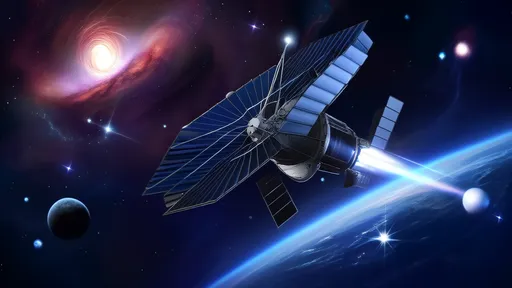
By /Jun 7, 2025

By /Jun 7, 2025
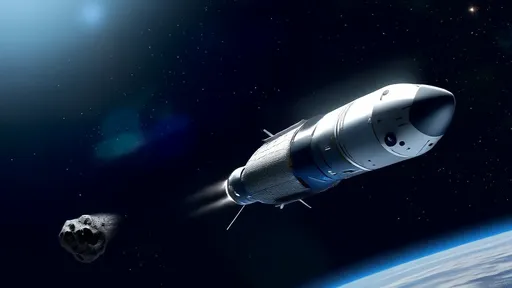
By /Jun 7, 2025

By /Jun 7, 2025

By /Jun 7, 2025

By /Jun 7, 2025
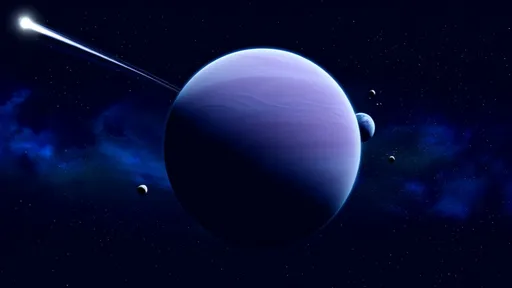
By /Jun 7, 2025
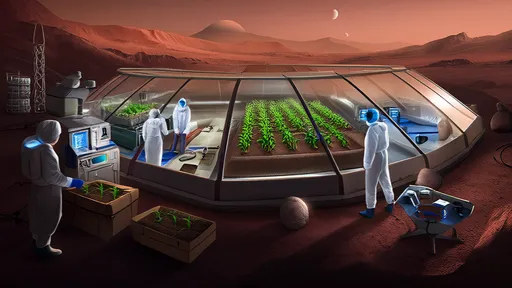
By /Jun 7, 2025

By /Jun 7, 2025

By /Jun 7, 2025

By /Jun 7, 2025

By /Jun 7, 2025

By /Jun 7, 2025

By /Jun 7, 2025

By /Jun 7, 2025

By /Jun 7, 2025
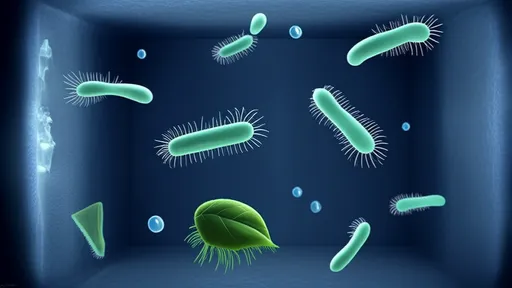
By /Jun 7, 2025

By /Jun 7, 2025

By /Jun 7, 2025